Building a Fish Canning Production Line Workshop: Key Considerations for Investors and Factory Owners
Introduction
The global fish canning industry continues to expand, driven by rising consumer demand for affordable, convenient, and shelf-stable protein sources. For entrepreneurs, investors, and food processing companies, building a modern fish canning production line workshop is a lucrative opportunity. However, establishing such a facility requires careful planning, compliance with strict food safety standards, and significant capital investment. This article explores the essential aspects factory owners and procurement managers should consider before setting up a fish canning production line.

1. Workshop Location and Layout
Choosing the right location is fundamental to the long-term success of a fish canning plant. Proximity to raw material sources, such as fishing ports or aquaculture hubs, reduces transportation costs and ensures freshness. Similarly, easy access to distribution channels, highways, and export terminals enhances supply chain efficiency.
Equally important is the internal layout of the workshop. A logical and hygienic flow of operations helps optimize productivity and maintain safety standards. A well-designed facility typically includes:
Raw material reception and storage areas
Washing and pre-processing sections
Cutting and deboning lines
Cooking or steaming stations
Filling and sealing zones
Sterilization/retort systems
Packaging and labeling areas
Cold storage and finished goods warehouse
Separating personnel and logistics pathways reduces the risk of cross-contamination and streamlines daily operations.
2. Production Process and Key Equipment
The fish canning process consists of several interconnected stages, each requiring specialized equipment:
Raw material handling: Automated conveyors, washing tanks, and grading systems ensure fish are processed efficiently upon arrival.
Cutting and pre-processing: Deboning machines, filleting equipment, and slicing systems improve precision and consistency.
Cooking/steaming: Industrial cookers or steaming tunnels ensure uniform cooking while preserving nutritional value.
Filling and sealing: High-speed filling machines and vacuum sealing units guarantee accurate portions and airtight packaging.
Sterilization: Retort sterilizers apply high pressure and temperature to eliminate harmful microorganisms and extend shelf life.
Inspection and quality control: Metal detectors, X-ray inspection systems, and vision cameras safeguard against physical contaminants.
Packaging and labeling: Automated systems handle shrink-wrapping, carton packing, and labeling according to market regulations.
Investing in fully automated equipment not only increases efficiency but also minimizes human error and reduces labor costs.
3. Hygiene and Food Safety Standards
Food safety is the backbone of any fish canning operation. International certifications such as HACCP, ISO 22000, and GMP are essential for gaining market access and consumer trust. To meet these standards, the workshop must prioritize hygiene at every stage:
Equipment should be made of stainless steel for durability and easy cleaning.
Incorporating CIP (Cleaning-in-Place) systems improves sanitation efficiency.
Proper zoning of processing areas prevents cross-contamination between raw and cooked products.
Personnel hygiene practices, such as designated changing rooms, clean uniforms, and restricted access, are critical.
Air filtration and water quality systems ensure environmental safety.
4. Investment and Cost Management
Building a fish canning plant requires significant upfront investment. Costs typically include land acquisition, workshop construction, equipment procurement, utility installation, and staff training.
To optimize ROI, investors should consider:
Energy-efficient equipment that reduces utility bills.
Automation technologies that lower long-term labor expenses.
Flexible production lines capable of handling multiple fish species and can sizes.
Scalable designs that allow for future expansion without major disruptions.
While the initial investment may be high, efficient planning and automation often lead to long-term savings and stronger profitability.
5. Regulatory Compliance and Certifications
Meeting global and local regulatory requirements is non-negotiable. Depending on target markets, factories may need:
FDA approval for exports to the United States.
CE compliance for machinery safety in Europe.
Halal and Kosher certifications for specific consumer markets.
MSC certification for sustainable seafood practices.
Accurate labeling compliance to meet import regulations.
Early engagement with regulatory experts ensures that facilities and products meet all necessary standards before production begins.
6. Brand Positioning and Market Strategy
The fish canning industry is highly competitive. Differentiating your brand requires a clear strategy:
Product positioning: Decide whether to target the premium market with high-quality tuna and salmon, or the mass market with sardines and mackerel.
Packaging innovation: Easy-open cans, BPA-free linings, and eco-friendly packaging improve consumer appeal.
Marketing sustainability: Certifications such as MSC can highlight your commitment to sustainable fishing.
Geographical focus: Tailor products to suit regional tastes and regulations in Asia, Europe, Africa, or the Middle East.
Conclusion
Building a fish canning production line workshop is a complex yet rewarding venture. Success depends on selecting the right location, designing an efficient workflow, investing in advanced equipment, ensuring compliance with food safety standards, and planning for long-term scalability. By focusing on automation, sustainability, and regulatory compliance, investors and factory owners can secure a strong position in the global fish canning market. The future of the industry lies in efficiency, safety, and innovation—key pillars that every modern fish canning facility should embrace.
Must-Read Blogs For Chain Restaurants Owner

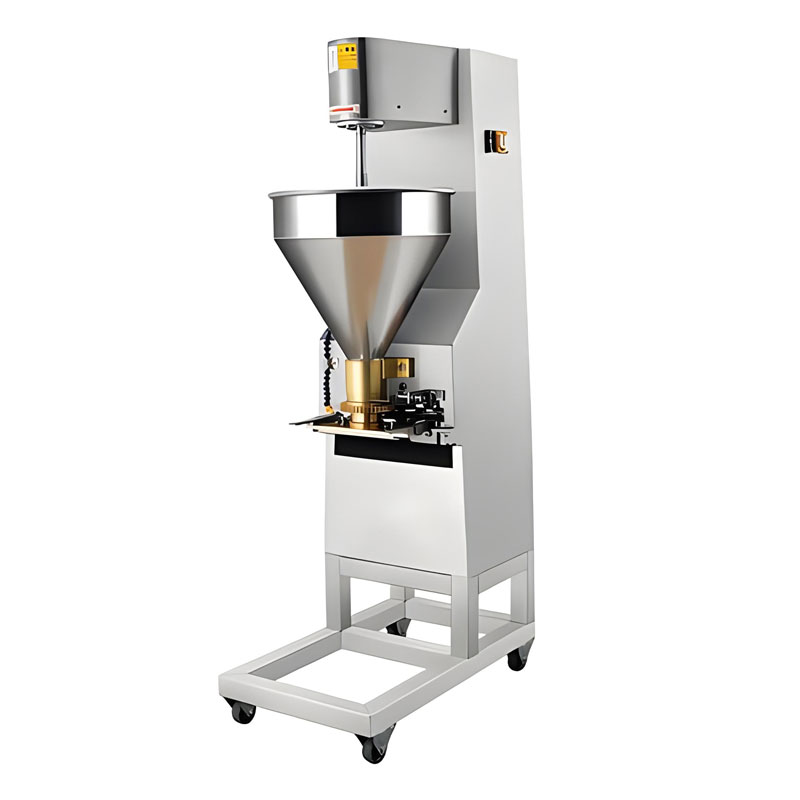
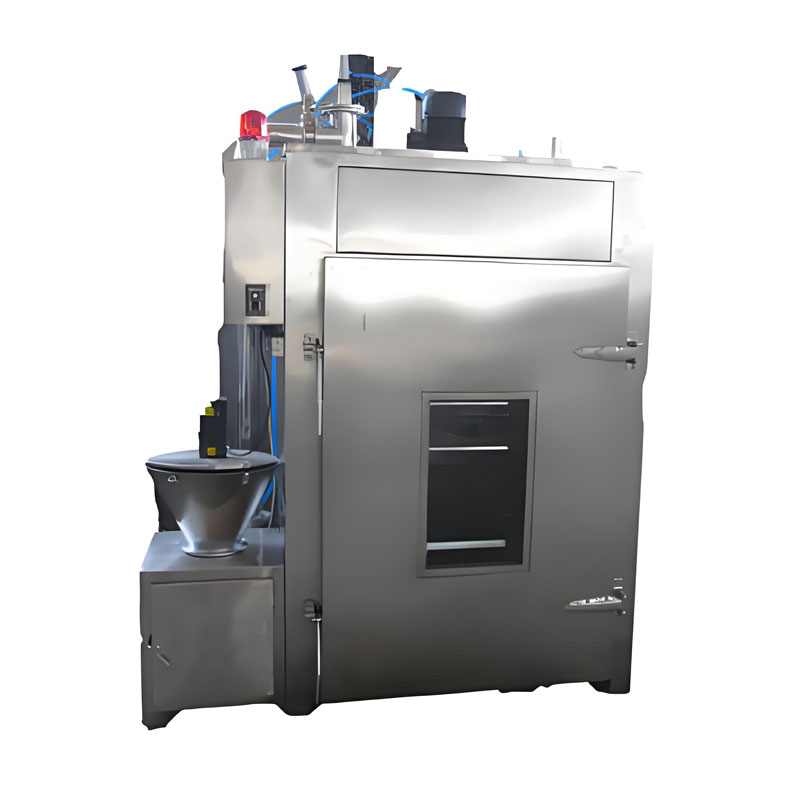
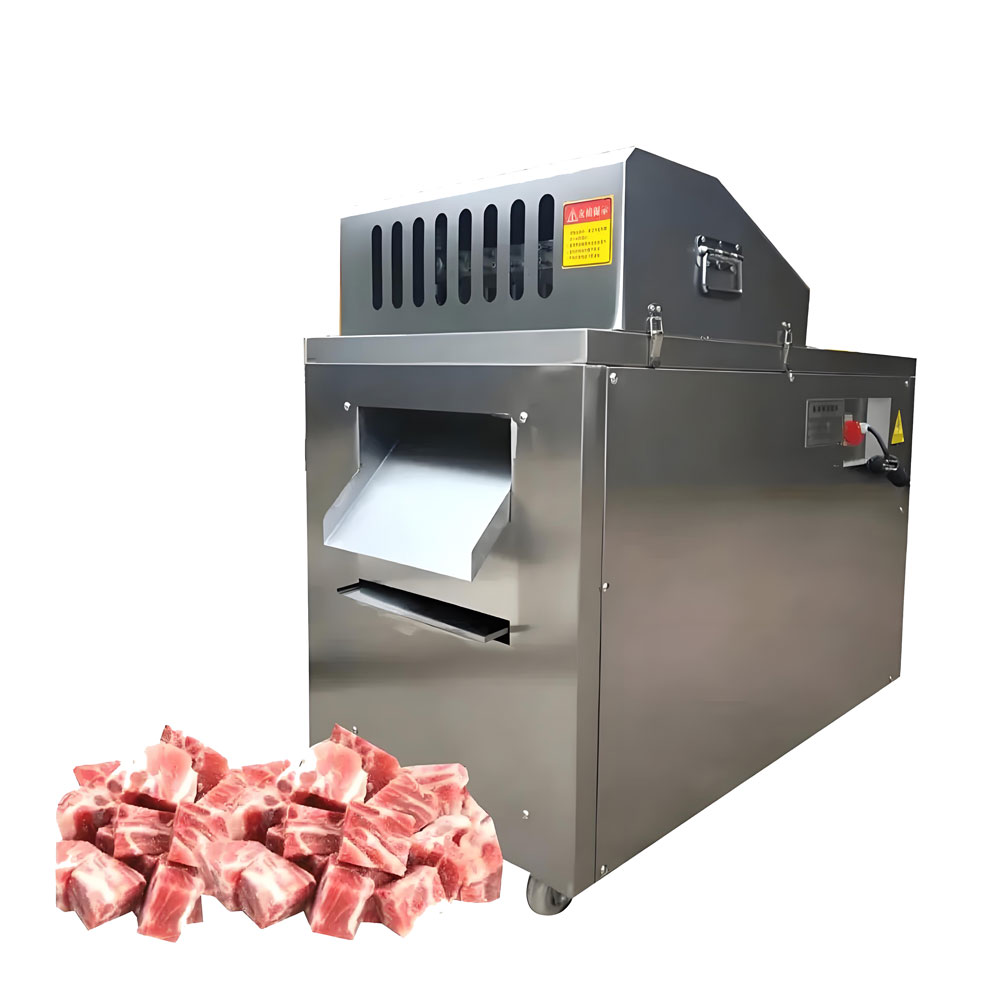
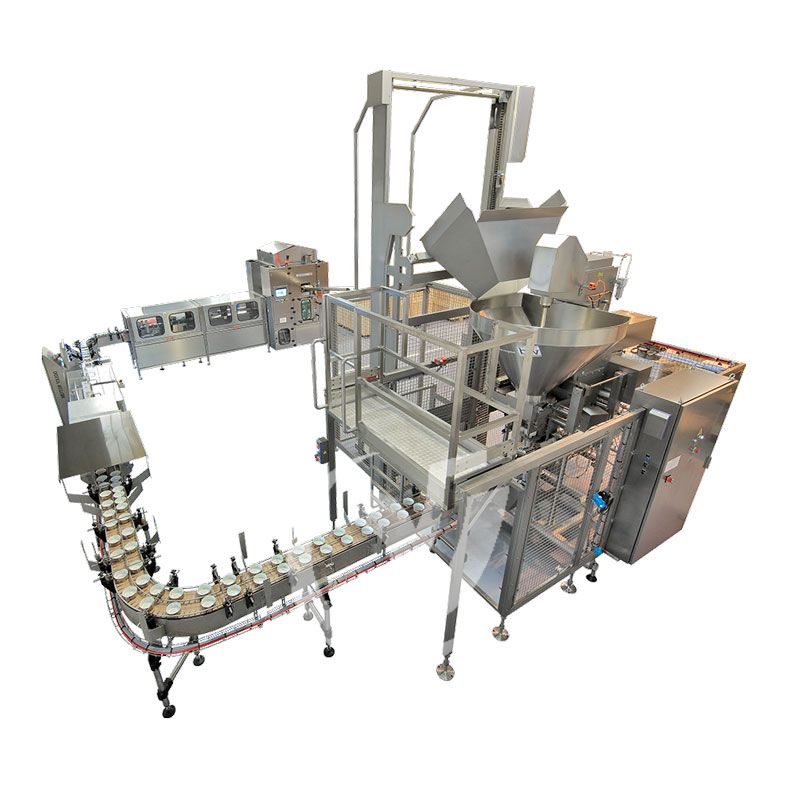

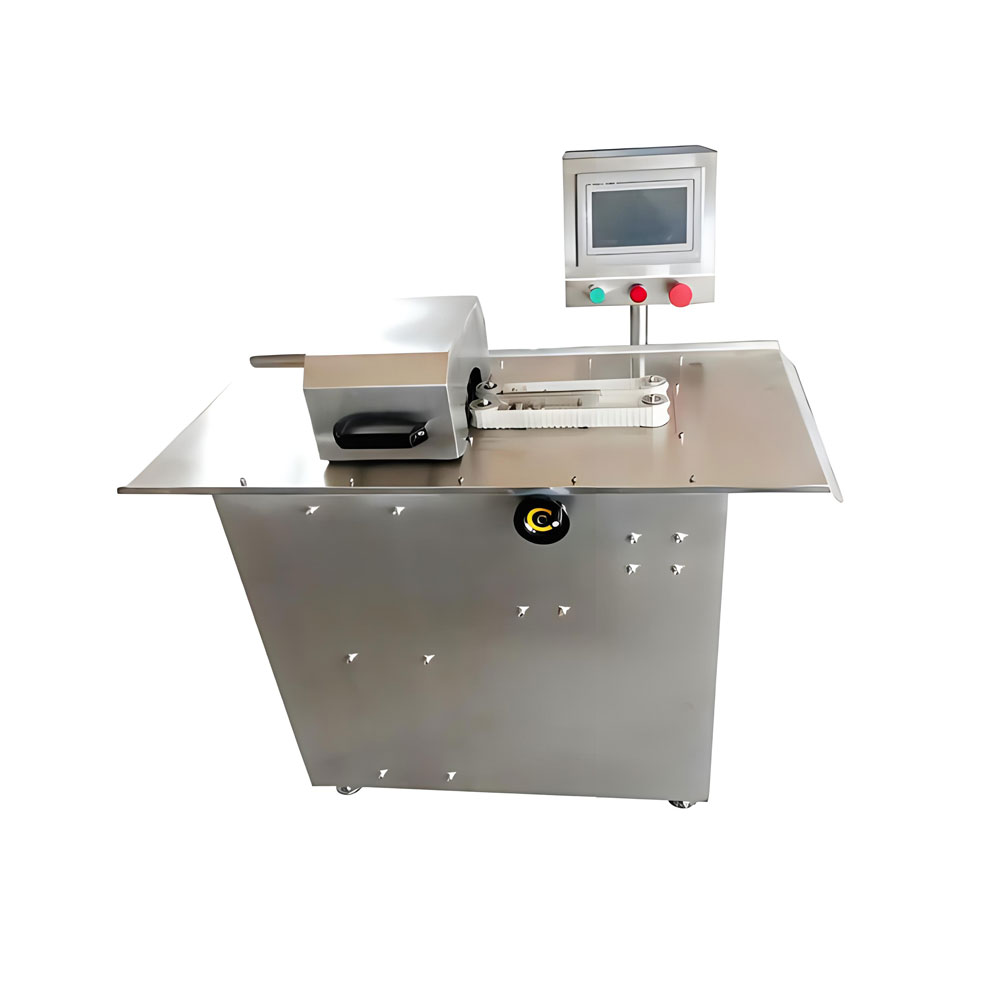
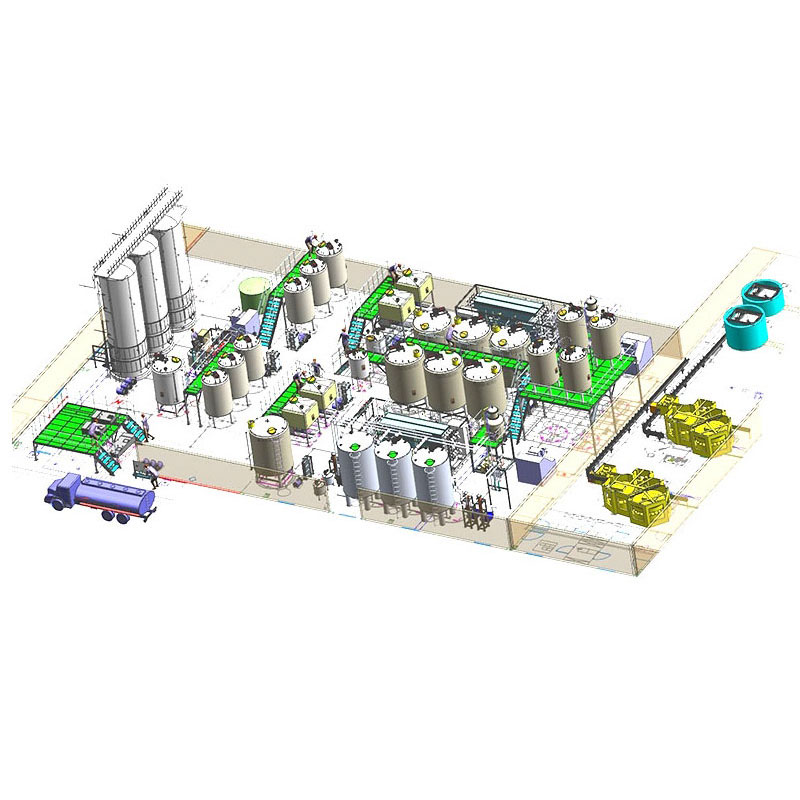
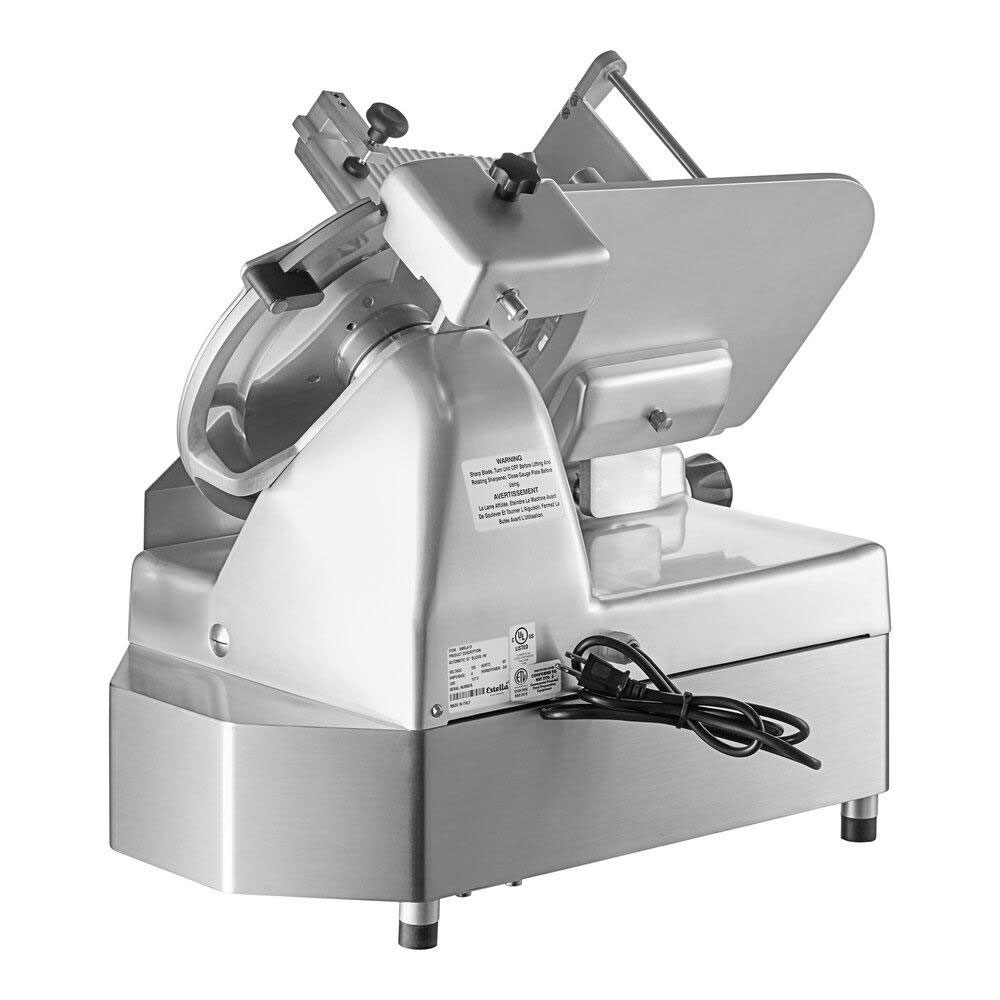
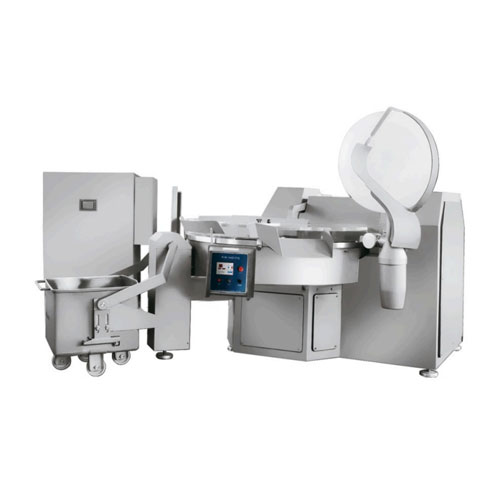
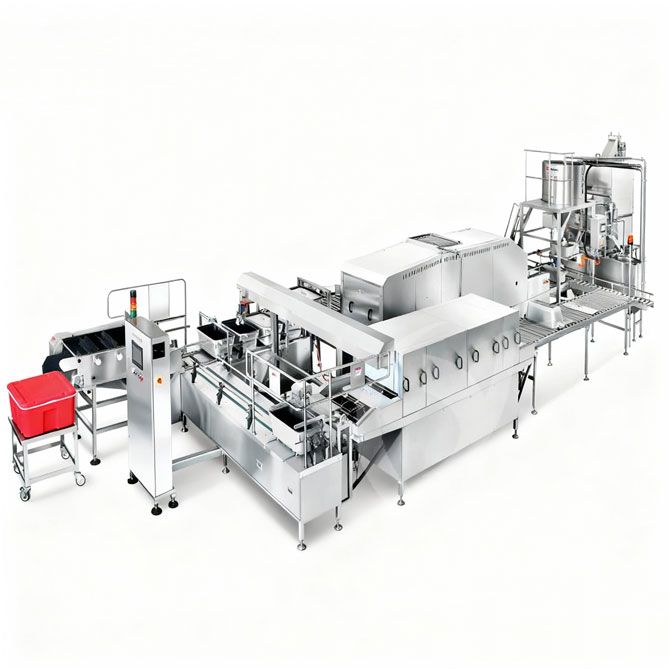
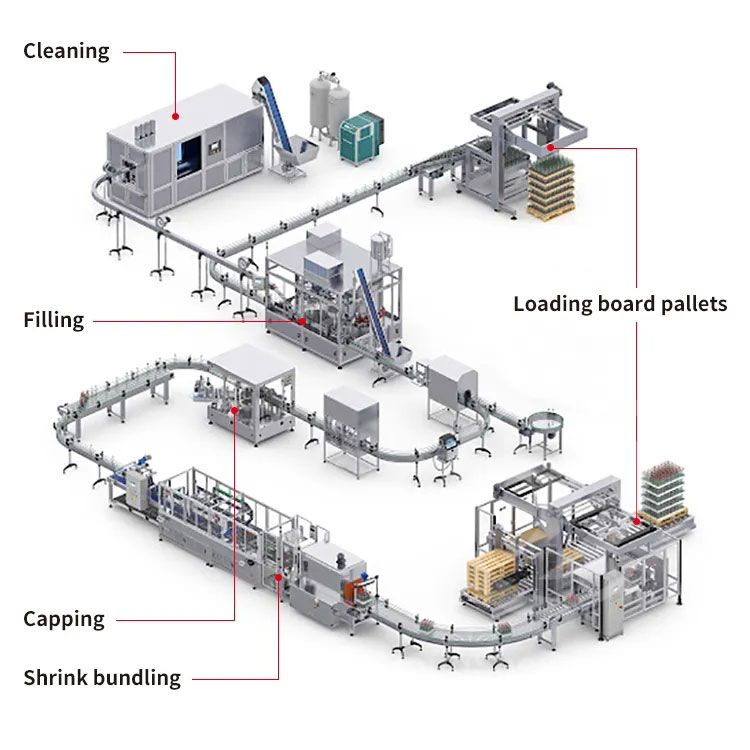 Aseptic Canning Production Line Equipment
Aseptic Canning Production Line Equipment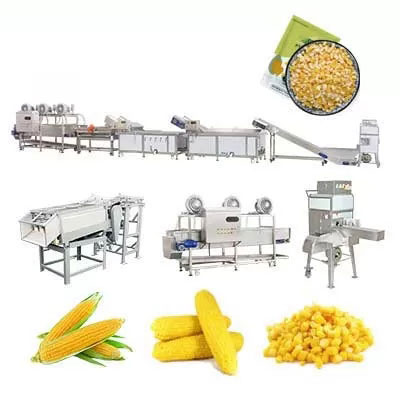 Sweet Corn Canning Production Line
Sweet Corn Canning Production Line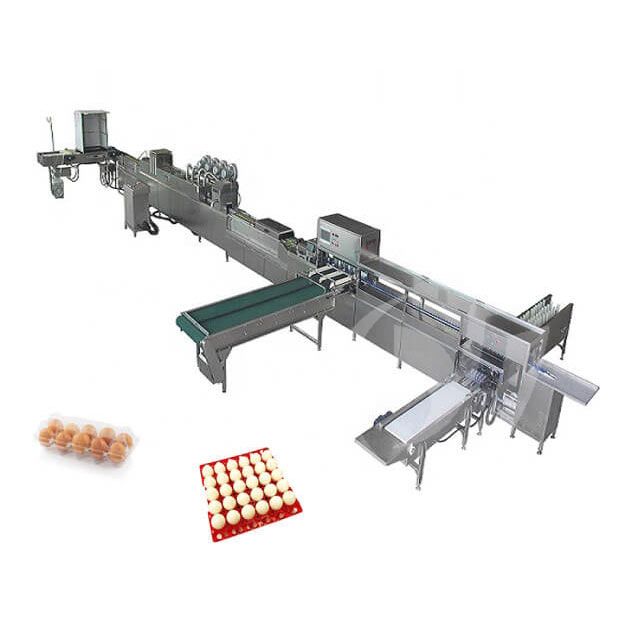 Egg Canning Production Line
Egg Canning Production Line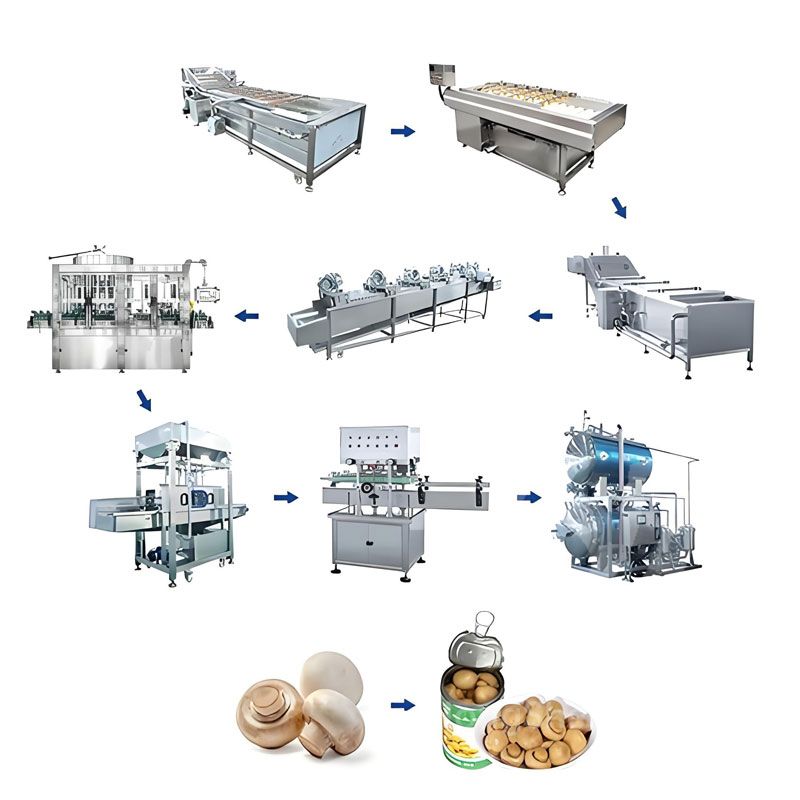 Button Mushroom Canning Production Line
Button Mushroom Canning Production Line
Ready to Get Started?